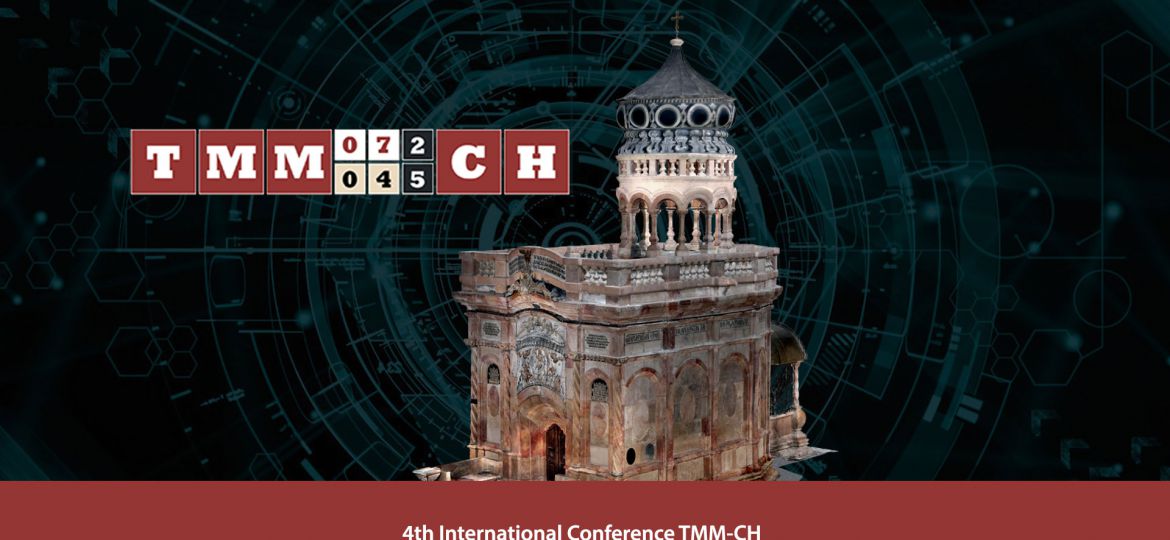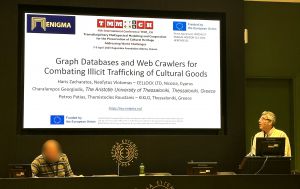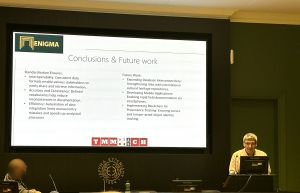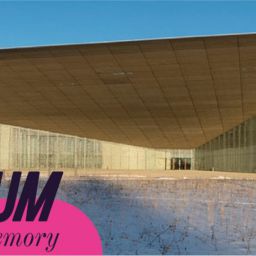
Dates: 7-9 April 2025
Location: Eugenides Foundation in hybrid format / Athens, Greece, Hydrid
Website: https://tmm-ch.com/
The TMM CH 25 4th International conference on Transdisciplinary Multispectral Modelling and Cooperation for the Preservation of Cultural Heritage, addressing world challenges, was held in Athens, Greece, between 7-9 April 2025.
TMM CH 2025 focuses on presenting innovative scientific methodologies and projects to mark future trends in the protection of cultural heritage following a holistic approach merging competences from various scientific and research fields, like architecture, surveying engineering, information technologies, etc.
The creation of a transdisciplinary multispectral modelling towards the sustainable preservation of cultural heritage is supported by combining digital documentation technologies with innovative analytical and non-destructive techniques, 3D modelling, etc.
The ENIGMA project promoted its current research achievements focused on developing a standardized database schema, graph databases, web crawlers and a fast on-site cultural goods documentation application to support the fight against illicit trafficking of cultural goods through the TMM CH 25 Conference.
ENIGMA presented the following publications at TMM 25:
- A unified approach for fast Cultural Goods on-site documentation and support multidisciplinary stakeholders fighting illicit trafficking
- Graph Databases and Web Crawlers for Combating Illicit Trafficking of Cultural Goods
More details:


















